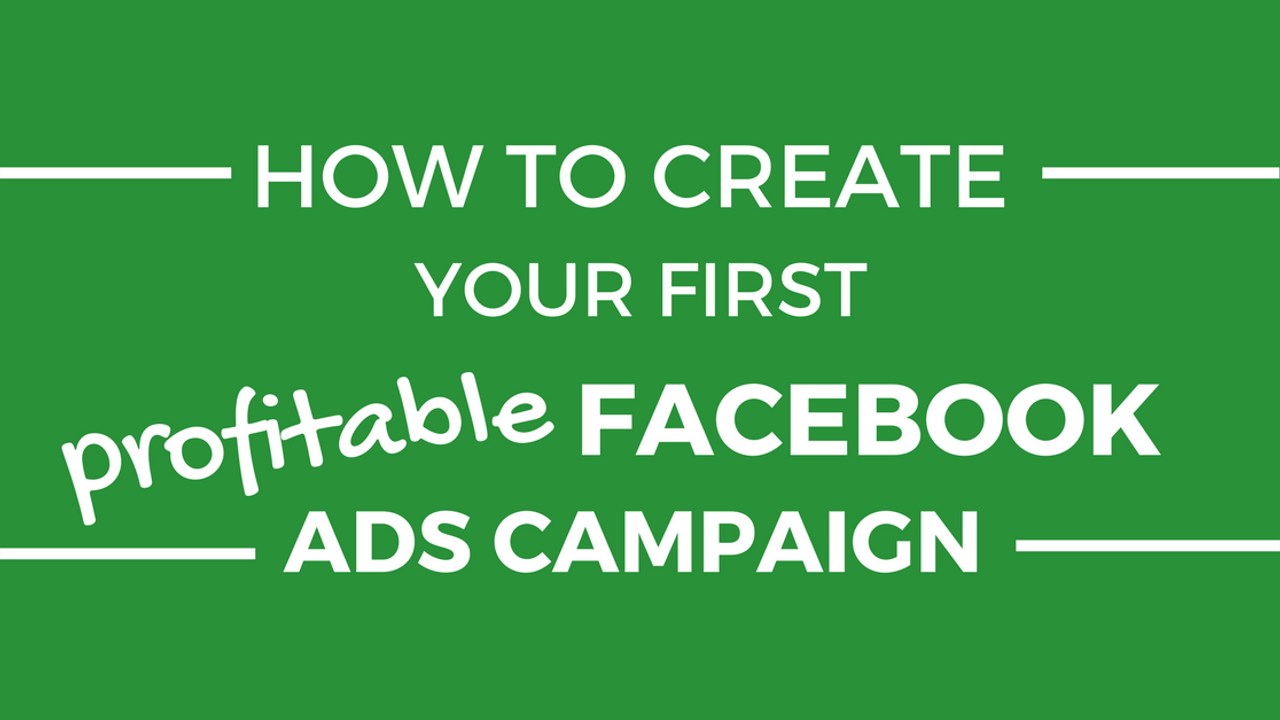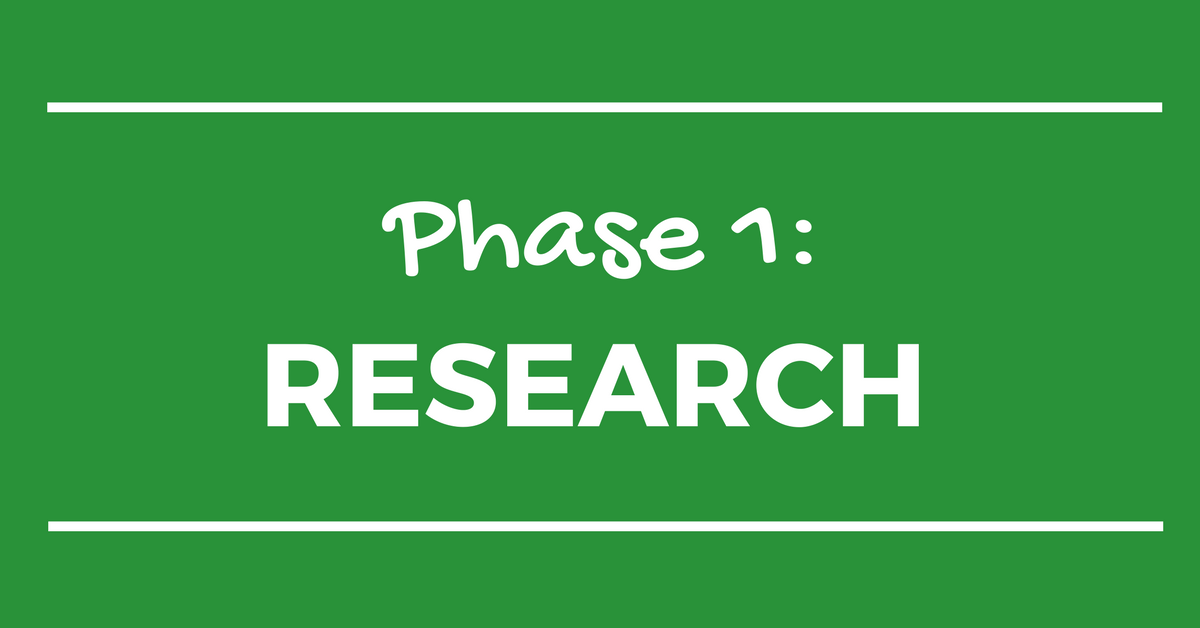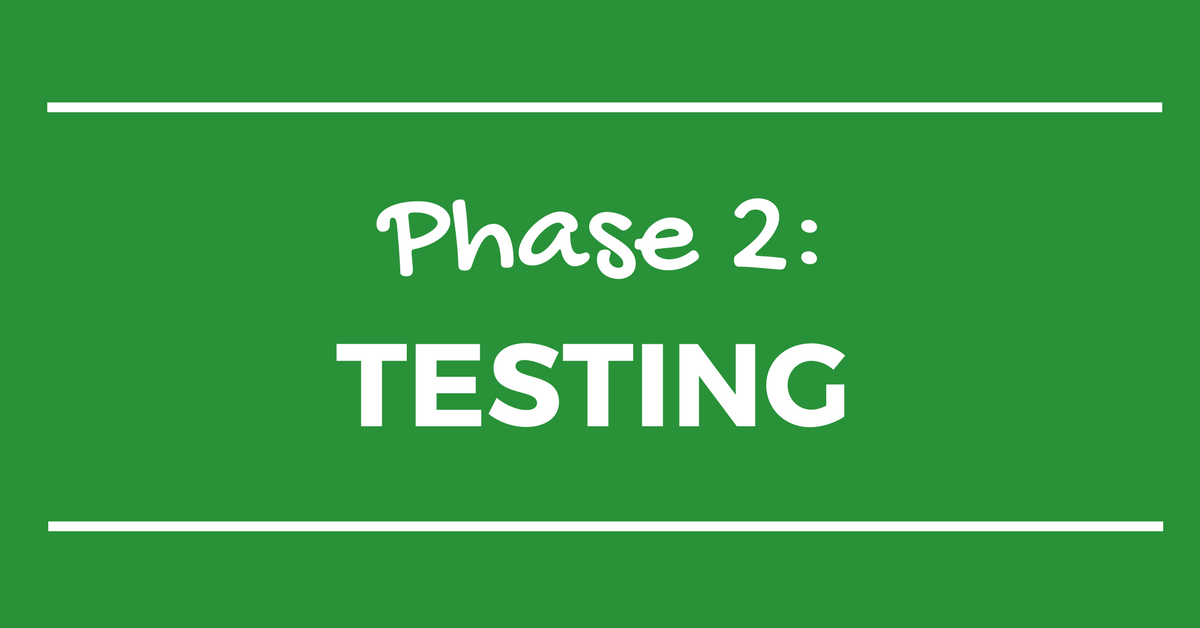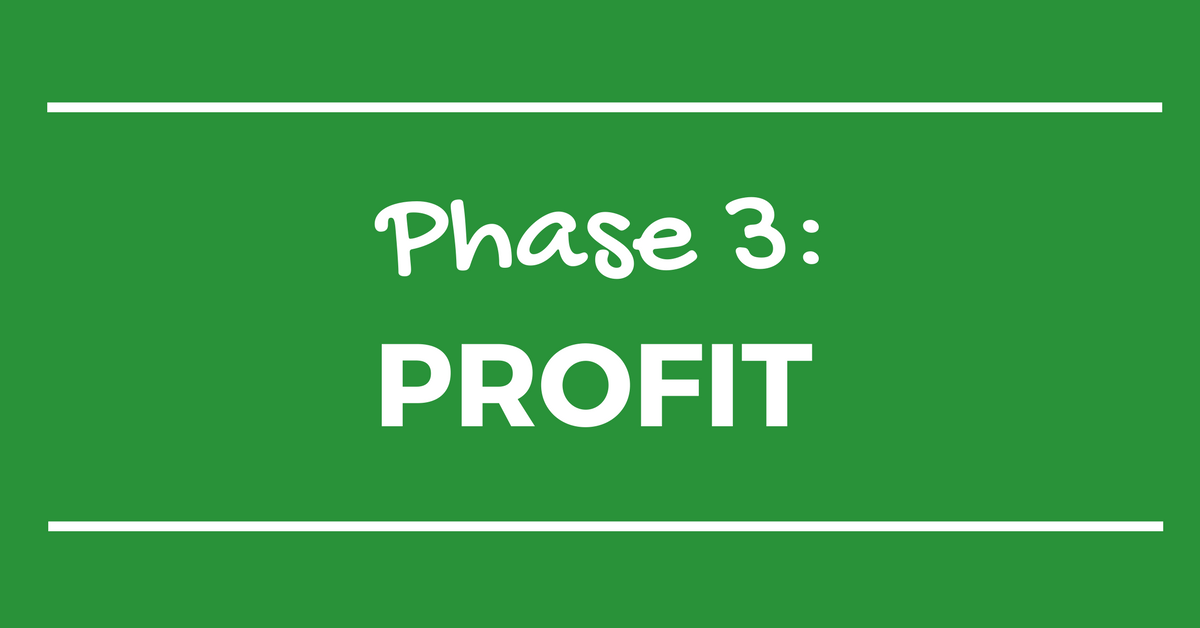How To Create Your First Profitable Facebook Ads Campaign

Dirty words.
Facebook advertising has its share of them.
Maybe you’ve said some yourself — when you’ve thought, “Hey, my buddy Andrew built a multiple six-figure business and gets a steady stream of customers using Facebook ads. I see him hanging out on the beach in Newcastle and traveling and really seems to be enjoying his life. I should try it!”
So you go into Facebook, write up an ad, design a cool-looking graphic, and set it to play. Then you sit back and wait for the money to roll in.
And then? …Nothing.
After a few weeks, you’ve poured all this money in and you’ve got little (if anything) to show for it.
That’s when the dirty words come out. The four-letter kind.
After unleashing your frustrations on your unsuspecting laptop screen, you decide that Facebook ads don’t work for you. You give up.
And you mutter the dirtiest word of all, when you say it was all one big unnecessary…
Expense.
An expense happens when you’re losing money without any kind of return whatsoever. Most people look at Facebook ads as an expense, rather than an investment, which is where the trouble starts.
The difference between an expense and an investment
If you were to hand me a dollar and I gave you five dollars back, how would you feel about that?
You wouldn’t look at it like an expense, would you?
You’d look at it as an investment — a way to use your dollars to make more dollars.
You’d want to hand me dollars all day long! Because your money would just keep growing.
This is what happens when you treat your Facebook ads budget like an investment, instead of an expense. You have to spend money upfront to get it moving, yes. But once your strategy takes off, you’re going to get back so much more than you put in.
The problem is, most business owners quit using Facebook ads before they have a chance to take off.

But if they just zoomed back the lens and saw the whole 3-phase picture, they’d realise they’re steps away from having a positive ROI and a sustainable, scalable system to skyrocket their business.
The 3 phases of a successful Facebook ad campaign
Before I get into the steps, I want to make one thing crystal clear:
You need all three of these phases.
Just like you need all four pieces of a sales funnel for it to work, you need all three of these phases for your Facebook ads to work.
You’re going to see that ROI is generated in Phase 3, which might make you tempted to skip the first two phases. But that’s ultimately going to waste your money.
Each phase depends on the one before it. It’s like climbing a 50-foot staircase by trying to jump straight to the top step — it just doesn’t work that way. You need to work your way up.

Phase 1. Research
Abraham Lincoln said:
“Give me six hours to chop down a tree and I’ll spend the first four sharpening the ax.”
What ol’ Linc is saying is that you shouldn’t rush straight into the task at hand. You want to thoroughly prepare ahead of time — by doing the very unexciting, unsexy work — to get better results when it comes time to perform.
The same logic applies to your Facebook ads.
The other day, I met with a brand new one-on-one client. We spent most of our time not on the ads themselves, but on his customer avatar.
We got very clear on who he ultimately wanted to sell to. We answered questions like:
- What are their pain points?
- What are their pleasure points?
- What keeps them up at night?
- What do they do for a living?
- What are the objections?
- Where do they hang out?
- What’s their age?
- Are they married?
- What are their interests?
We drilled into his customers and created a very detailed customer avatar.
Why did we spend all that time outlining his customer?
Well, because the success of your ad ultimately depends on connecting with the reader.
You’ve got to know your avatar inside and out to be able to create your ad copy. That’s all successful ad copywriting really comes down to!
If you’re not hitting a proven pain point in your ad, then you’re not going to motivate your audience to take the next step and sign up for your lead magnet. Plain and simple.

Phase 2. Testing
Once you’ve done your research and designed your customer avatar, you’re ready to create and test your ads.
No matter how well you know your customer, about eight out of ten marketing pieces won’t work. It’s just a reality of the advertising world.
This is where most people stop. With an 80% failure rate, your chances are pretty good that the majority of your ads are going to fail. When this happens and business owners see ads that aren’t working, they think it’s a sign they should give up.
…instead of understanding that failure is an unavoidable step in generating ROI.
The goal of the testing phase is to discover, out of those ten ads, which are the two winners?
The key here is to fail quickly. I never get discouraged when an ad fails because knowing what doesn’t work actually helps me find what works.
You want to pivot quickly to make adjustments based on what’s not working during the testing phase. That can be making changes to pictures, copy, targeting, and more.
The goal isn’t to get tons of leads in the testing phase. (Think of any leads that you get here as a bonus!) You want to clearly see which ads are performing best, so you can take that insight into the third phase — when ROI really starts to kick in.
When it comes to allocating your testing budget, I always recommend investing a lot upfront.
The way Facebook’s algorithms work, you’re actually better off running your ads less frequently but investing a bigger budget each time. You want that saturation in the testing phase so Facebook can give you sufficient data and you can clearly see what’s working and what’s not.
I had a private client talk to me the other day saying, “I want my monthly Facebook ads budget to be $1,000.” I said, “Great. We’re going to use that entire $1000 in the first 10 days to discover what works.” We put up his test ads — we hit it, saturated it, and got massive reach.
And we mined the data to find the clear winners, to move on to the third phase.

Phase 3. Profit
Once you’ve trimmed the fat with your ads, cut out the ones that failed, and found the winners, you move on to the profit phase.
Here’s where you’ll use your Facebook ad analytics to make sure your ad budget is a worthwhile investment:
- How much did each winning ad cost you to run during the testing phase?
- How many leads did each winning ad generate?
- How many new leads does it take to get a new customer, on average?
- What is the lifetime value of a new customer?
Let’s say you spent $250 on running Winning Ad #1 during the testing phase. As a result, you got 20 new leads into your system.
You generally turn 1 out of 10 leads into a paying customer. Based on this conversion rate, 2 of your 20 new leads will become customers.
If the average lifetime value of a customer is $10,000, you stand to make $20,000 for those 2 new customers.
A profit of $20,000 for a $250 investment? You’d take that trade any day of the week!
Running the numbers allows you to confidently continue investing in your winning ads. So before you move on, make sure the numbers are working in your favour and giving you a good return on your investment.
Once you’re confident you have a strong ROI, turn off all the ads that didn’t perform well. Funnel your remaining ad budget into only the winners from here on out.
At this point, you have two options:
- Scale
When you have a proven ad, you can scale with confidence, because you know what the return’s going to be.
The most common way to do this is to increase your ad budget.
I recommend increasing incrementally, rather than doubling or tripling it overnight. That will throw off Facebook’s algorithm and may actually prevent your ad from being seen.
Instead, increase your budget 30 – 40% every 3-4 days.
- Maintain
If you’re quite happy to have the consistency of business coming in, there’s no need to scale. You can just keep at the same pace.
You do need to be checking in with your ads, though, to make sure they’re still working. Monitor your cost per lead, conversion rates, and other data to make sure they’re still performing well for you.
The three-phase system above is proven to work. It’s worked not only for me, personally. I’ve helped my clients bring in hundreds of thousands of dollars in revenue by using this three-phase system…
…and writing Facebook ads that get people to click.
In my next blog post, I’m pulling out all the stops and telling you how to write the perfect Facebook ad copy.
You’ll learn exactly how to write a Facebook ad that gets people to stop scrolling, read, click, and convert.
At Smart Marketing Success, we’re all about testing to find proven strategies.
Every time we create a funnel map for a client, we fill it with time- and field-tested strategies…not guesses or fluff.
If you'd like to learn more, let's get on the phone so we can design your very own Marketing Blueprint. It includes a unique funnel map to help you find your dream customers, warm them up, and turn them into paying customers!
Click here to book your free, no obligation, Marketing & Sales Strategy Call.
